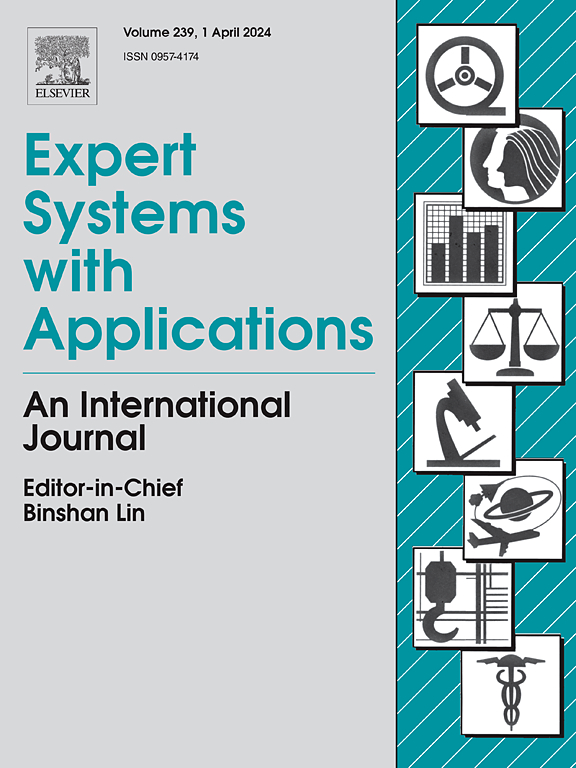基于弹性稀疏表示和贝叶斯字典学习的高效数据流聚类
IF 7.5
1区 计算机科学
Q1 COMPUTER SCIENCE, ARTIFICIAL INTELLIGENCE
引用次数: 0
摘要
现有的数据流聚类算法面临两个关键挑战:(1)通过设计能够处理连续数据流的算法来减少资源消耗;(2)高效处理大规模数据,识别数据对象的内在结构。为了解决这些问题,本文引入了一种基于弹性稀疏表示和贝叶斯字典学习(ESRBDL)的高效数据流聚类方法。首先,我们通过控制地标窗口的大小来保证数据对象的丰富性,同时利用模糊规则来限制数据对象的数量,从而实现对连续数据流的管理。其次,引入弹性惩罚来增强模型的灵活性,在平衡稀疏性的同时提高对不同数据特征的识别能力;第三,利用贝叶斯理论从初始字典分布推断出真实后验分布,有效识别数据对象之间的内在关系。最后,利用谱聚类算法对数据流进行聚类。此外,在5个合成数据集和6个真实数据集上进行了对比实验,将本文方法与先进的数据流聚类方法进行了比较。实验结果证明了ESRBDL在数据流聚类中的有效性和鲁棒性。本文章由计算机程序翻译,如有差异,请以英文原文为准。
Efficient data stream clustering via elastic sparse representation and Bayesian dictionary learning
Existing data stream clustering algorithms face two key challenges: (1) reducing resource consumption by designing algorithms that can handle continuous data streams; (2) efficiently processing large-scale data and identifying the intrinsic structures of data objects. To address these challenges, this paper introduces an efficient data stream clustering method via elastic sparse representation and Bayesian dictionary learning (ESRBDL). Firstly, we control the size of the landmark windows to ensure data object richness while using fuzzy rules to limit the number of data objects, thereby managing continuous data streams. Secondly, the elastic penalty is introduced to enhance model flexibility, balancing sparsity while improving the identification of different data characteristics. Thirdly, we apply Bayesian theory to infer the true posterior distribution from the initial dictionary distributions, effectively identifying intrinsic relationships among data objects. Finally, we use the spectral clustering algorithm to cluster data streams. Additionally, comparative experiments were conducted on five synthetic and six real datasets to benchmark the proposed method against advanced data stream clustering methods. The experimental results demonstrate the effectiveness and robustness of ESRBDL in data stream clustering.
求助全文
通过发布文献求助,成功后即可免费获取论文全文。
去求助
来源期刊

Expert Systems with Applications
工程技术-工程:电子与电气
CiteScore
13.80
自引率
10.60%
发文量
2045
审稿时长
8.7 months
期刊介绍:
Expert Systems With Applications is an international journal dedicated to the exchange of information on expert and intelligent systems used globally in industry, government, and universities. The journal emphasizes original papers covering the design, development, testing, implementation, and management of these systems, offering practical guidelines. It spans various sectors such as finance, engineering, marketing, law, project management, information management, medicine, and more. The journal also welcomes papers on multi-agent systems, knowledge management, neural networks, knowledge discovery, data mining, and other related areas, excluding applications to military/defense systems.
 求助内容:
求助内容: 应助结果提醒方式:
应助结果提醒方式:


